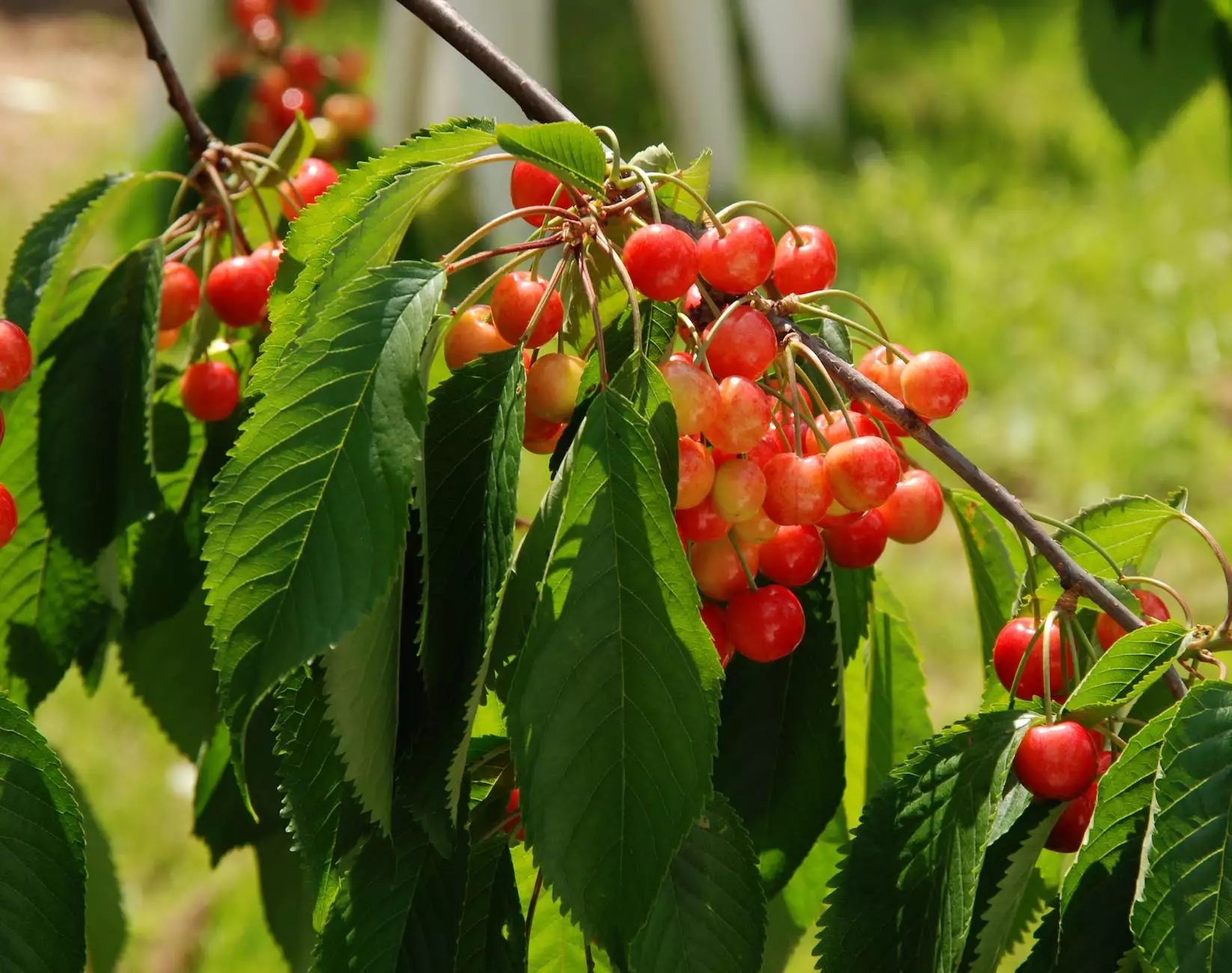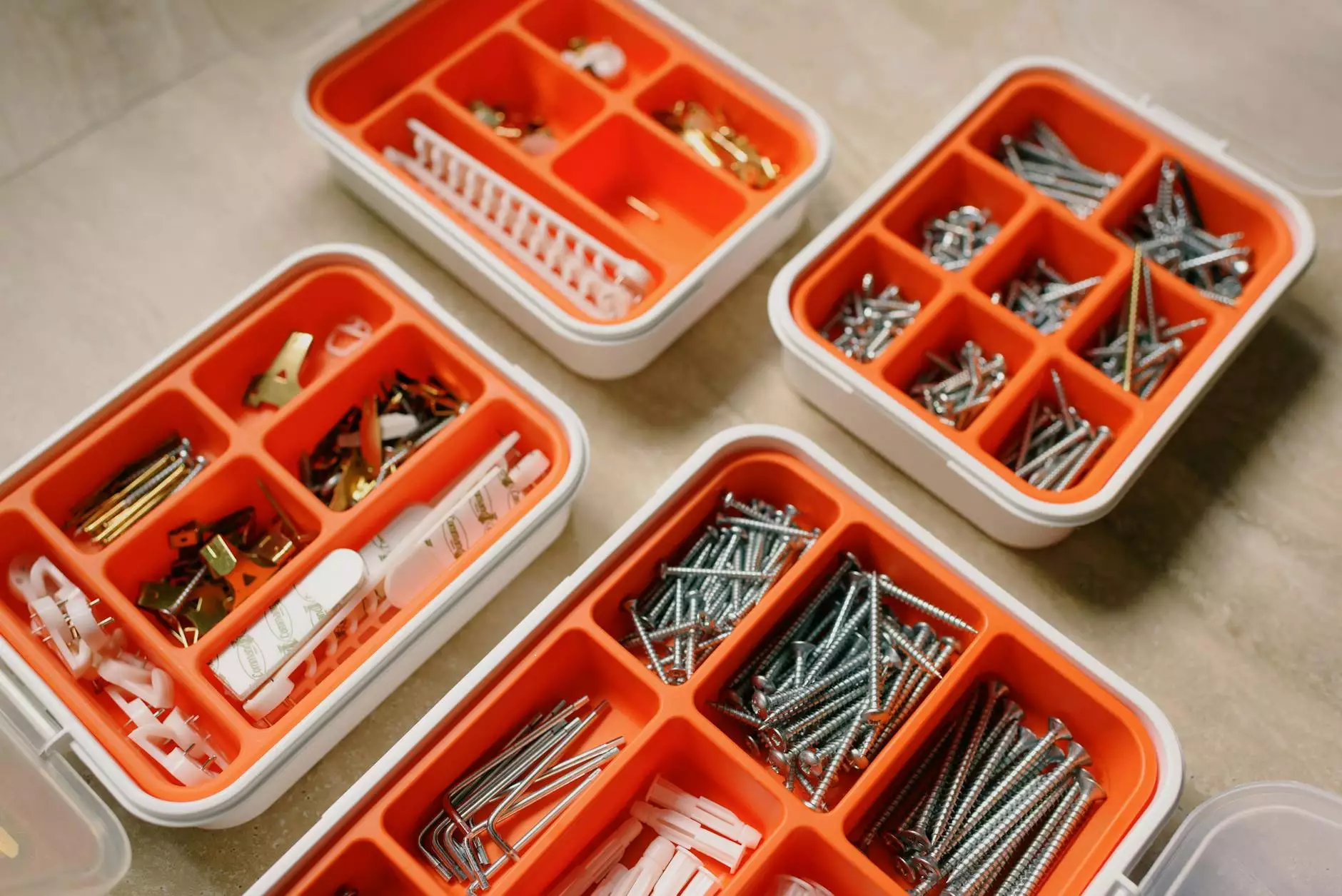Hydrangeas: Old Wood or New Wood Blooms - Design & Build

Are you wondering why your hydrangeas are not blooming as expected? Do you want to know the difference between old wood and new wood blooms? At Cutting Hedge Services, we understand the importance of well-informed gardening decisions. In this comprehensive guide, we will delve into the world of hydrangea blooms and provide expert insights on achieving stunning results in your garden.
The Basics: Understanding Hydrangeas
Hydrangeas are beloved flowering shrubs known for their large, showy blooms. With their ability to transform any landscape, these versatile plants have become a staple in gardens worldwide. However, to maximize their beauty, it's crucial to understand how hydrangeas produce blooms on old wood or new wood.
Old Wood Blooms
Old wood refers to the previous year's growth, which is crucial for hydrangeas that bloom on old wood. This means that the buds responsible for blooming are formed in the previous season. It's important to note that pruning these types of hydrangeas at the wrong time can lead to a significant decrease in blooms.
The most common hydrangea varieties that bloom on old wood include:
- Hydrangea macrophylla: Also known as mophead or lacecap hydrangeas, Hydrangea macrophylla thrives when given proper care. It's important to avoid excessive pruning and only remove dead or damaged wood.
- Hydrangea quercifolia: This oakleaf hydrangea variety produces stunning cone-shaped blooms. Pruning should be done immediately after blooming, as buds for the following year form quickly.
- Hydrangea serrata: Similar to Hydrangea macrophylla, this variety is known for its delicate lacecap blooms. Pruning should be minimal and focused on maintaining the shrub's natural shape.
New Wood Blooms
New wood refers to the current season's growth, which is essential for hydrangeas that bloom on new wood. These varieties produce buds in the same year they bloom. Pruning at the wrong time is less detrimental to these hydrangeas, as they can produce new buds even after severe pruning.
The most common hydrangea varieties that bloom on new wood include:
- Hydrangea paniculata: Known for its cone-shaped blooms, this variety is highly adaptable and offers different blooming periods. Pruning is best done in late winter or early spring, before new growth begins.
- Hydrangea arborescens: One of the most popular varieties in this category is the 'Annabelle' hydrangea, famous for its large, round blooms. Pruning can be done in late winter or early spring, just before new growth starts.
Tips for Achieving Vibrant Hydrangea Blooms
Now that you understand the difference between old wood and new wood blooms, here are some essential tips from Cutting Hedge Services to help you achieve vibrant hydrangea blooms in your garden:
1. Proper Pruning Techniques
When dealing with hydrangeas that bloom on old wood, it's crucial to prune at the right time and in the right manner. Removing dead or damaged wood is essential, but excessive pruning can hinder the next season's blooms. Pruning hydrangeas that bloom on new wood is more forgiving, as they can produce new buds even after severe pruning.
2. Adequate Sunlight
Hydrangeas generally thrive in partial shade, with varying sunlight requirements depending on the specific variety. However, both old wood and new wood hydrangeas benefit from receiving at least a few hours of direct sunlight each day. Ensure your hydrangeas are planted in a location that aligns with their individual sunlight preferences.
3. Soil pH and Nutrient Levels
Hydrangeas are known for their ability to change color based on soil pH. For example, acidic soil produces blue blooms, while alkaline soil results in pink blooms. Adjusting the soil's pH and providing proper nutrient levels can significantly impact the vibrancy of your hydrangeas' blooms. Conduct a soil test to determine the pH and consult with Cutting Hedge Services to create the ideal growing conditions.
4. Adequate Watering and Drainage
Hydrangeas require consistent moisture to thrive, but overwatering can lead to root rot. Proper watering and ensuring adequate drainage are crucial for the health of your plants. Mulching around the base of the hydrangeas can help retain moisture while preventing weed growth.
5. Protection from Harsh Elements
Hydrangeas can be sensitive to extreme weather conditions, especially during winter. Protect your plants from harsh winds, heavy snowfall, and frost by using burlap or constructing temporary shelters. This helps prevent damage and promotes healthy growth in the next season.
Conclusion
Hydrangeas provide a magnificent touch to any garden, captivating with their stunning blooms. Understanding the difference between old wood and new wood blooms is crucial for maintaining the health and vibrancy of your hydrangeas. At Cutting Hedge Services, we are passionate about assisting garden enthusiasts in achieving the garden of their dreams. With our expert insights and customized advice, you can enjoy breathtaking hydrangea displays year after year. Contact Cutting Hedge Services today for all your landscaping needs!




